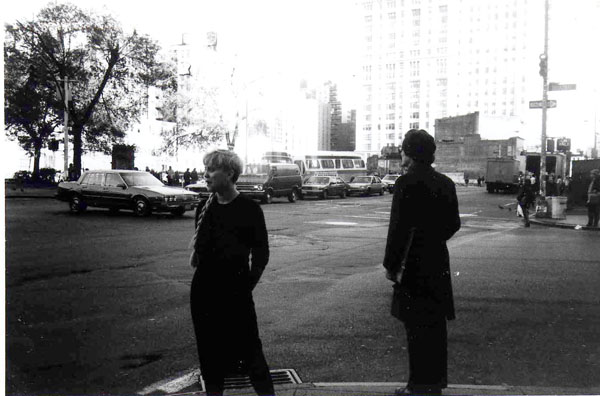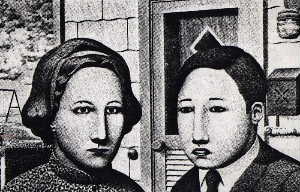| ||

|
|
|

|
|
|
Next: My exotic college jobs, and why I know how to get out of a straitjacket.
Return to Half-life homepage
Send e-mail to Xander Mellish: xmel _improved @xmel.com
U.S. Copyright Office Registration 1-141735861
Send e-mail to Xander Mellish: xmel _improved @xmel.com
U.S. Copyright Office Registration 1-141735861